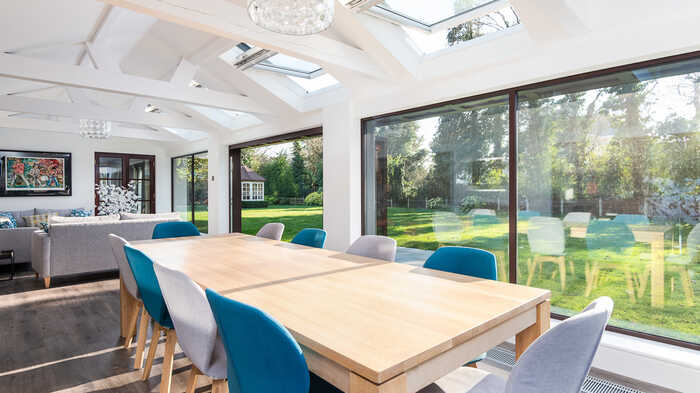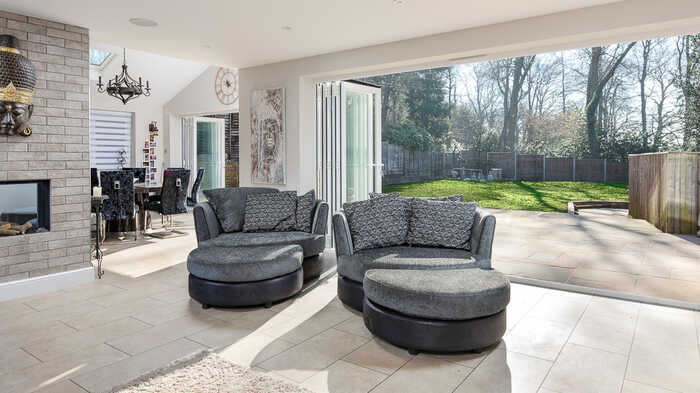How Home Design and Layout Affect Mood and Well-Being
The design and layout of a living space can have a profound impact on our emotional and psychological well-being. Thoughtfully planned spaces can inspire feelings of calm, productivity, and comfort, while poorly designed environments may lead to stress or discomfort. Factors like lighting, furniture arrangement, and colour schemes each play a critical role in influencing our mood and behaviour— and, when these elements are in harmony, they create environments that support positive mental states and overall well-being.

The psychological effects of architectural design
Design elements such as colours, textures, and materials directly impact how we feel. Warm colours like reds and oranges evoke energy and excitement, while cool shades of blue and green are known to promote calmness and relaxation. Similarly, natural materials like wood or stone can make a space feel grounded and inviting. Texture and pattern also affect the tactile and visual experience of a room, subtly influencing our mood. By selecting design elements with purpose, architectural designers can create spaces that nurture emotional well-being.
How space layout influences mood
The physical layout of a room significantly affects how we experience a space. Open-plan designs can make a room feel more spacious, creating a sense of freedom and reduced feelings of confinement. In contrast, cramped or cluttered spaces often contribute to anxiety and stress. A well-planned layout ensures smooth movement and provides areas for relaxation, social interaction, or focused work. Design and space planning help ensure that the layout balances both the functional and emotional needs of its users.

How home design helps with mental clarity and focus
Well-organised and uncluttered spaces are known to promote mental clarity and focus. When a room is free from clutter and distractions, it becomes easier to concentrate, relax, and maintain a positive mood. Minimalist design principles, which prioritise simplicity and order, often result in spaces that feel more peaceful and supportive of mental well-being. A well-planned space layout can help reduce cognitive overload, leading to better focus and emotional balance.
The role of furniture and ergonomics
The furniture we choose, and its placement, also play key roles in how a space affects our moods. Ergonomically designed furniture can reduce physical strain and increase comfort, helping towards a healthier physical and mental user state. Well-chosen seating and ergonomically designed workspaces can also improve productivity and reduce stress, while the thoughtful placement of furniture helps create a functional balanced environment.

The importance of natural light and ventilation
Natural light is essential for improving mood and mental health. Spaces that are well-lit with natural sunlight tend to feel more open, uplifting, and energising. As well as improving the natural aesthetics of a room, sunlight also supports our circadian rhythms, contributing to better sleep patterns and overall well-being. Similarly, good ventilation allows fresh air to circulate through the space, creating a healthier and more comfortable environment. Well-designed windows and airflow systems are essential in creating a positive atmosphere within a building.
How can we help?
Design and layout have a direct impact on mood, well-being, and how people experience spaces. By carefully considering elements like colour, light, layout, and furniture, architectural designers can create environments that encourage positivity, relaxation, and productivity. If you'd like to discuss your latest renovation or new build project with us please do get in touch with Maidenhead Planning today or book a free video consultation.
Posted on September 30th 2024

